Learning how to pronounce Latin names of plants can be fun. It helps you understand the plant world better. Many people find Latin names tricky. But with some practice, you can get it right. This guide will help you learn. Let’s dive in!
Why Use Latin Names?
Latin names are used for many reasons:
- They help avoid confusion.
- Every plant has a unique name.
- Latin names are used worldwide.
Common names can change. But Latin names stay the same. This is why scientists use them.

Credit: matthewwoodinstituteofherbalism.com
Understanding the Structure of Latin Names
Latin names have two parts. This is called binomial nomenclature.
1. Genus Name
The first part is the genus name. It tells you what group the plant belongs to. For example, the genus name for roses is Rosa. This is always capitalized.
2. Species Name
The second part is the species name. This tells you more about the plant. It is not capitalized. For example, in Rosa rubiginosa, rubiginosa is the species name.
Pronouncing Latin Names: Simple Steps
Now let’s learn how to pronounce these names. Here are some easy steps:
1. Break It Down
Break the name into smaller parts. For example, Rosa rubiginosa can be broken down into Ro-sa and ru-bi-gi-no-sa.
2. Use Phonetics
Phonetics is helpful. It shows how to say a word. For example:
- Rosa: Ro-sah
- Rubiginosa: Roo-bi-ji-no-sah
3. Listen And Repeat
Listening to others helps. Find videos or recordings of plant names. Listen carefully. Then, repeat what you hear.
Common Latin Names and Their Pronunciations
Here are some common plants. Their names and pronunciations are included.
| Plant Name | Pronunciation |
|---|---|
| Quercus robur | Kwur-kus Roh-bur |
| Pinus sylvestris | Pye-nus Sil-ves-tris |
| Malus domestica | May-lus Do-mes-ti-ka |
| Lavandula angustifolia | La-van-du-la An-gus-ti-fo-li-a |
| Hibiscus rosa-sinensis | Hi-bis-kus Ro-sa Si-nen-sis |
Tips for Practicing Pronunciation
Here are some helpful tips:
- Practice daily. Short sessions work well.
- Read plant labels out loud.
- Use a dictionary for help.
- Join a gardening club. You can learn together.
Useful Resources
There are many resources to help you. Here are some good ones:
- Online dictionaries
- Plant care websites
- YouTube videos
- Gardening books
These resources often include audio. They show you how to pronounce names correctly.

Credit: www.youtube.com
Understanding the Origin of Latin Names
Latin names often tell a story. Some names honor people. Others describe a plant’s features.
For example:
- Rosa: From the Latin word for “rose.”
- Rubiginosa: Means “rusty,” describing leaf color.
This makes learning Latin names interesting. You can understand the plant better.
Common Mistakes to Avoid
When learning, you may make mistakes. Here are some common ones:
- Mispronouncing the genus name.
- Mixing up the parts of the name.
- Forgetting to capitalize the genus.
Don’t worry if you make mistakes. Practice will help you improve.
Getting Comfortable with Latin Names
Becoming comfortable takes time. Use these steps:
- Start with simple names.
- Gradually move to complex names.
- Practice with friends or family.
The more you practice, the easier it gets. Enjoy learning about plants!
Conclusion
Learning to pronounce Latin names of plants is a rewarding skill. It connects you to nature. Use the steps in this guide. Break names down. Listen and repeat. With practice, you can do it.
Remember, everyone makes mistakes. Keep practicing. Soon, you’ll feel confident. Enjoy your journey into the world of plants!


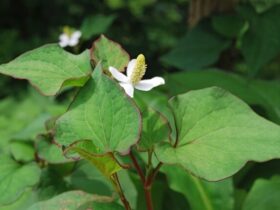


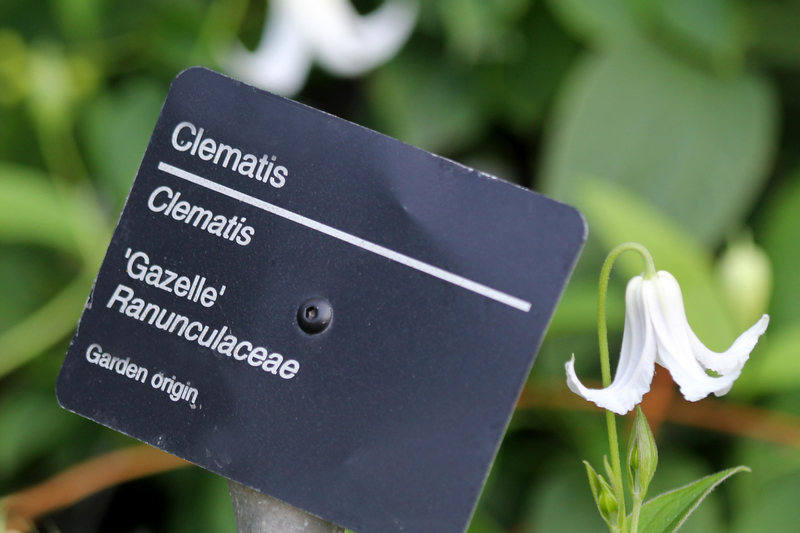



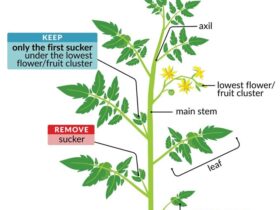
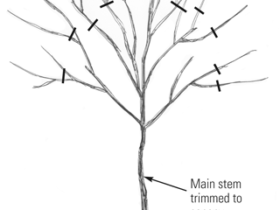

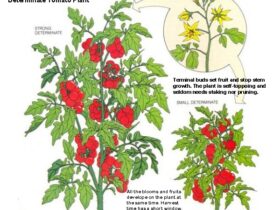

Leave a Review